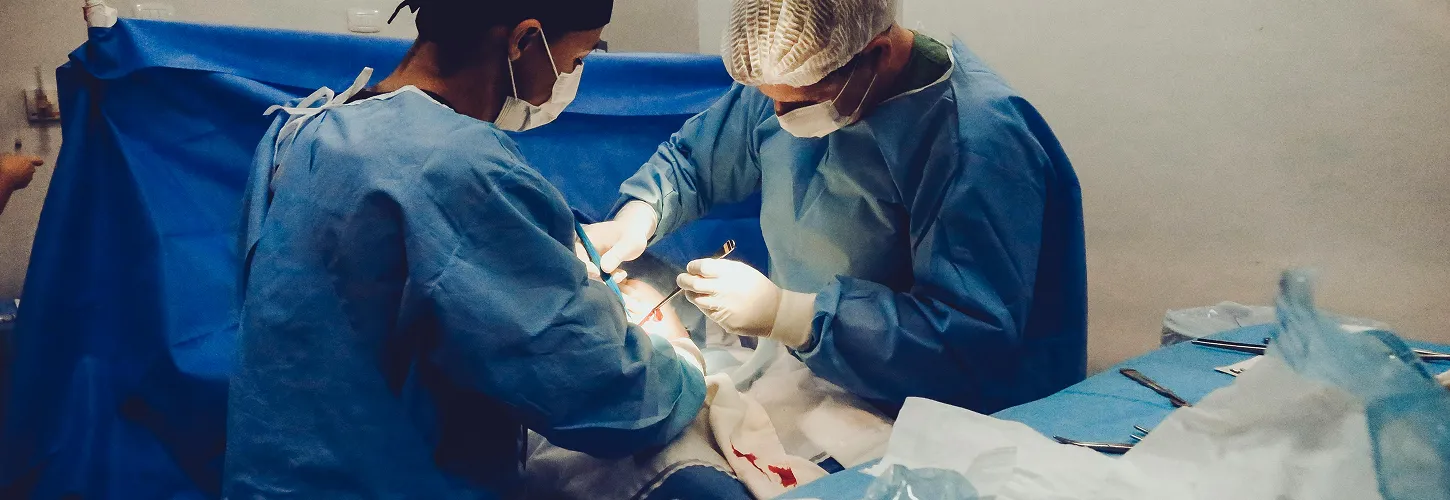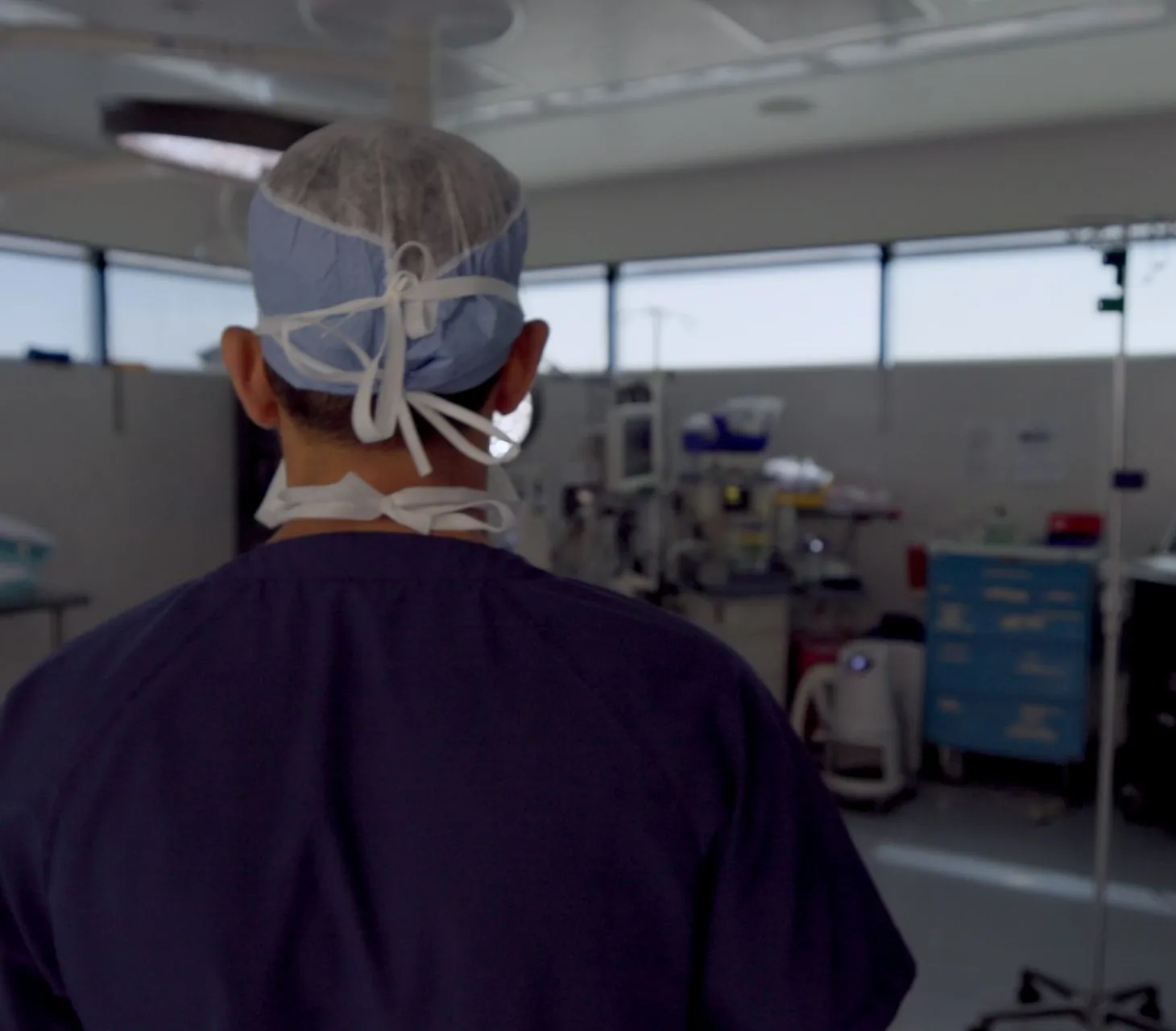




Flow Diversion for Brain Aneurysms in Los Angeles
Treat complex or wide-neck brain aneurysms without open surgery using advanced flow-diverting stents, or “pipelines,” designed for long-term protection.







WHAT IS Flow Diversion for Brain Aneurysms?
Flow diversion is a cutting-edge, minimally invasive treatment used to manage complex brain aneurysms, especially large or wide-neck aneurysms that are not ideal candidates for coiling or surgical clipping. Instead of filling the aneurysm, this procedure redirects blood flow away from the aneurysm using a specialized device called a flow-diverting stent, such as the Pipeline Embolization Device.
During this endovascular treatment, Dr. Parham Yashar inserts the stent through a catheter into the artery and places it across the neck of the aneurysm. Over time, the diverted blood flow promotes natural healing as the aneurysm shrinks and the artery wall reconstructs itself.
Flow diversion offers durable results with a lower chance of recurrence, making it an excellent option for patients who need a long-term solution with minimal recovery time.



When Is Flow Diversion (Pipeline) Recommended?
Flow diversion may be recommended by Dr. Yashar if:
- You have a large, wide neck, or fusiform aneurysm
- Your aneurysm is located in the internal carotid artery
- Traditional coiling or clipping is too risky or not feasible
- The aneurysm is unruptured and requires preventive treatment
- You want a minimally invasive option with a focus on long-term success
Conditions commonly treated with flow diversion include:
- Fusiform aneurysms
- Wide-neck saccular aneurysms
- Large or giant intracranial aneurysms
- Previously treated aneurysms that have recanalized

What to Expect During A Flow Diversion Procedure




You’ll be placed under general anesthesia for comfort and safety.




A catheter is inserted into an artery (typically in the groin or wrist) and guided through the vascular system to the aneurysm.




Dr. Yashar places the flow-diverting stent across the neck of the aneurysm to reroute blood flow and promote vessel healing.




Over the following weeks to months, the diverted flow reduces pressure inside the aneurysm, leading to gradual closure and wall reconstruction.




Flow diversion is typically well-tolerated and involves minimal downtime. Most patients experience:
- Hospital stay of one to two days
- Return to work or light activity within a few days
- Imaging follow-ups (angiography or MRI) at six months, one year, and beyond
- Long-term aneurysm resolution as the device encourages vascular healing
This treatment is particularly valuable for patients seeking a durable, low-maintenance solution for brain aneurysms not suitable for traditional therapies.


FAQs About Pipeline Flow Diversion
For certain aneurysms, especially large or wide-neck ones, yes. Flow diversion offers better long-term outcomes and eliminates the need to fill the aneurysm with coils.
Though rare, risks include blood clots, in-stent thrombosis, vessel injury, or delayed aneurysm occlusion. Dr. Yashar carefully evaluates each case and uses pre-procedure imaging and blood thinners to minimize these risks.
The pipeline device is a permanent implant. It integrates with the blood vessel wall over time, becoming part of the artery’s structure.
In some cases, yes, especially if multiple aneurysms are located along the same artery segment. Dr. Yashar will determine the best strategy based on your vascular anatomy.
Unlike coiling, most patients do not require repeat procedures. Imaging follow-ups help ensure the device continues to perform as intended.

Where to Find The Best Brain Surgeon for Flow Diversion for Aneurysms in Los Angeles
Dr. Parham Yashar is a fellowship-trained, board-certified neurosurgeon and neurointerventional specialist who offers both traditional and minimally invasive aneurysm treatments. As one of the best brain aneurysm surgeons in Los Angeles, he brings deep experience and a patient-first approach to every case.
If you’ve been diagnosed with a brain aneurysm that requires advanced treatment, you don’t have to face it alone. Schedule a consultation today to learn whether flow diversion is the right solution for your condition and peace of mind.





Get in touch today
Please complete and submit the form below and a member of our staff will contact you shortly.




